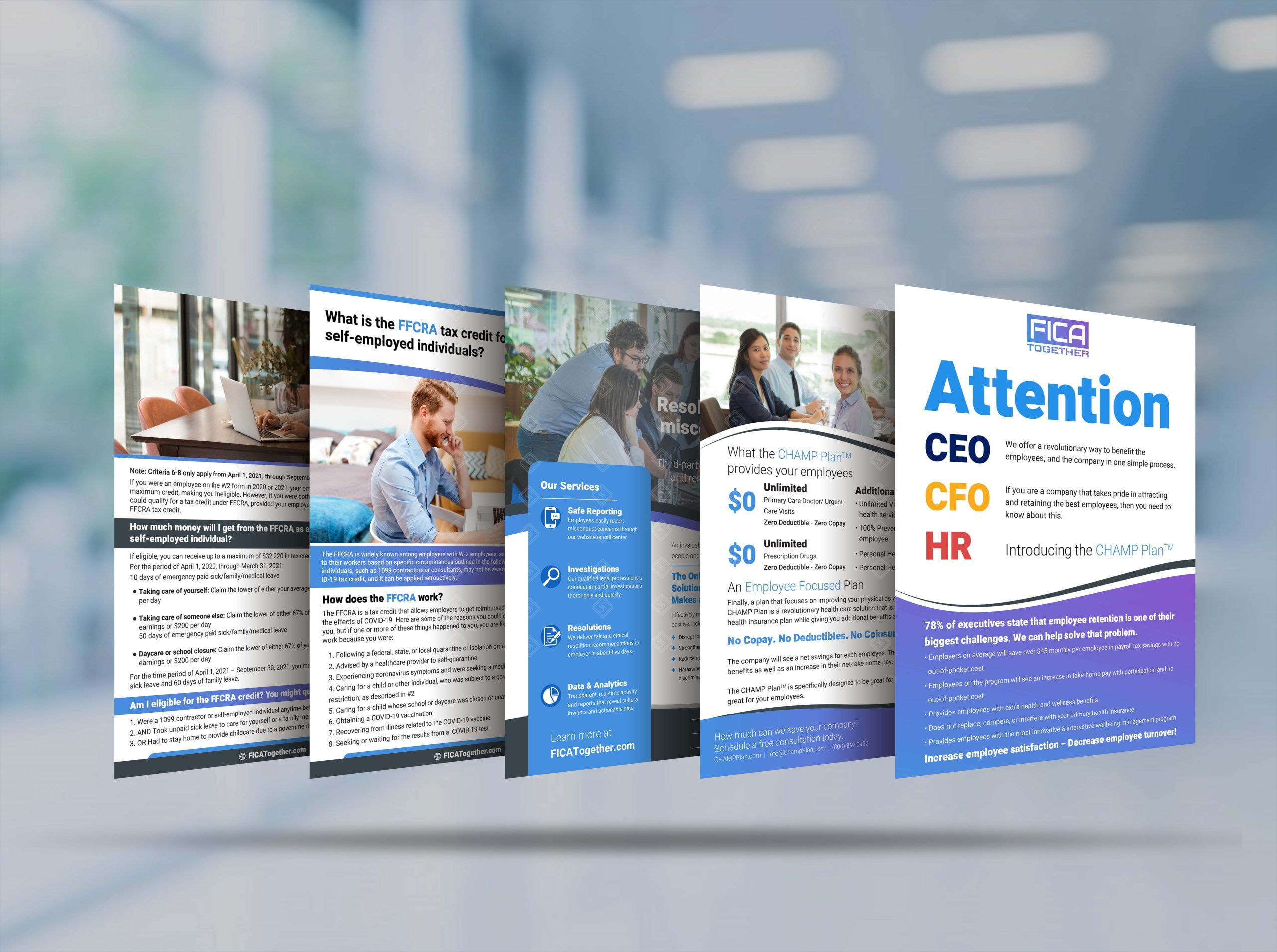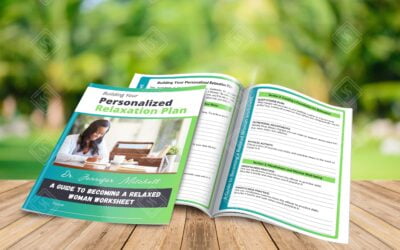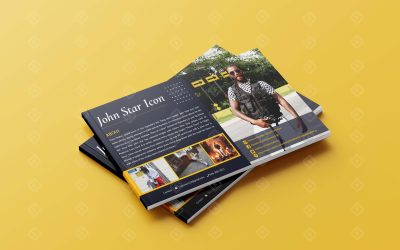As the world goes digital, and information circulates in just a blink of an eye, a media kit is a very handy tool for any business and individuals. They act as great tools for advertising and developing your brand, finding and attracting potential business partners, and creating a great Internet image.
The Power of a Media Kit
A media kit contains your relevant information, achievements, and service/product information. It acts as a professional CV but for your brand. This is when you can present documents forwardable and tell your story properly. That is why having a perfectly compiled media kit is a major advantage. It will help define your brand, help you find suitable partners, and can lead to fantastic opportunities. When you make your value proposition understandable and attractive to the audience, then you stand a better chance of getting partnership deals over the long run.
First Impressions Matter
First impression counts whether it is being done in the conventional way or with today’s modern technological advancement. When managed well, first impressions can make or break the distinction of a brand, enhance consumers’ experience, and make the prospects use the products or services of this brand. It is the digital embrace as if you are shaking hands with someone.
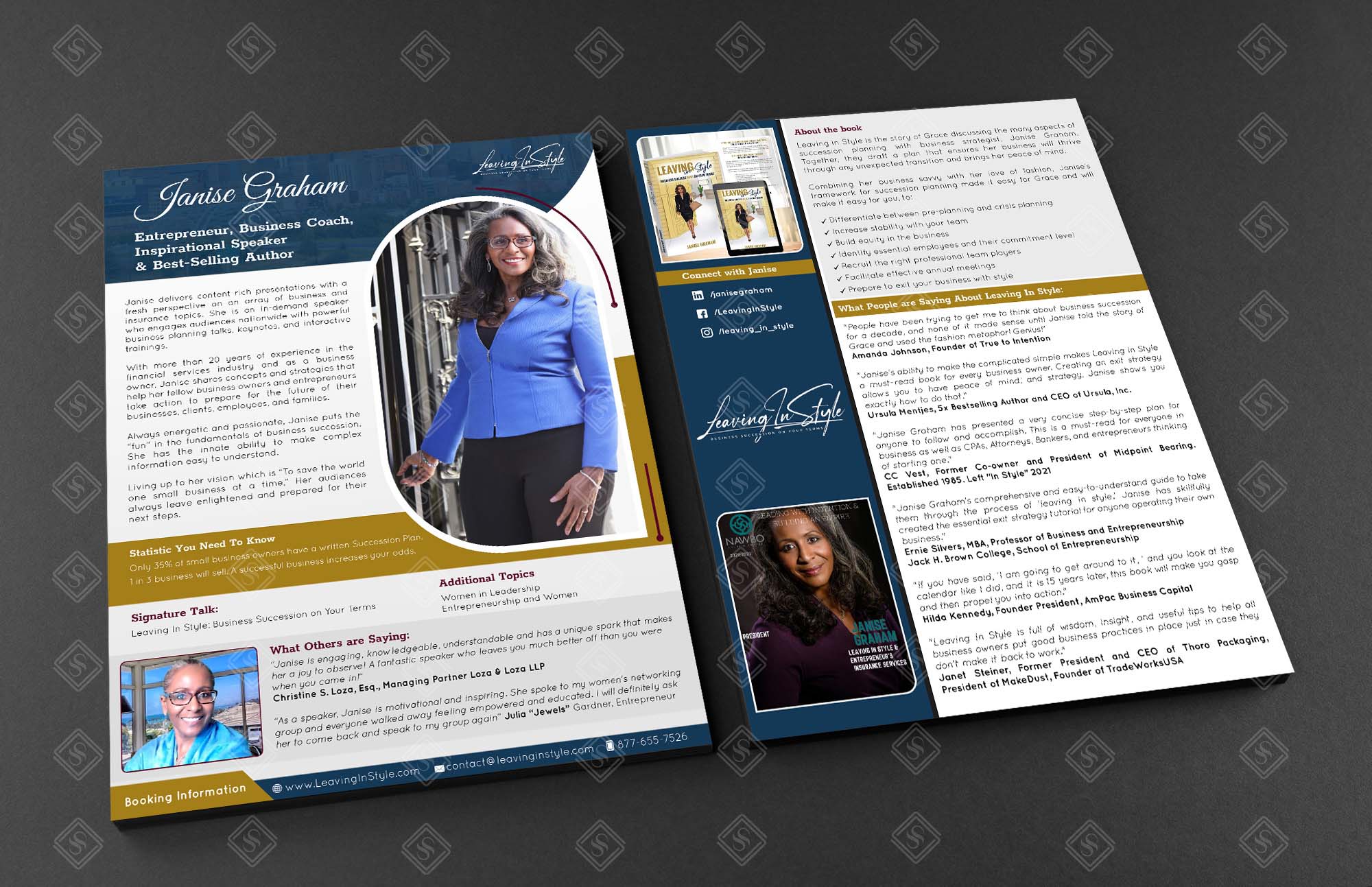
How A Media Kit Works For Being A Brand’s Online Representative
Media kit displays the brand history, corporate or organizational beliefs and customer demographic. The media kit gives the intended partners, investors or customers a good impression. In brief, it is advocacy or indeed an opportunity to make your brand heard and narrated conveniently.
Essential Components of a Media Kit
Media kit is also your branding materials that can speak volumes towards any working relation with a Journalist or an influencer. It is equally useful for gaining media coverage and using it to tell your story during advocacy.
- Brand Story and Mission: It is a fact that the brand story or the brand message is the core of the media kit. Publish what you are passionate about, personal or organizational values, and or what makes you special. Be very clear when it comes to your role so that the media can assist when it comes to coverage and even possible partnerships.
- Target Audience and Demographics: Sorting out the audience is always important. State to who you want to deliver your message. Always use clear demographics such as age, interests, and location to assist the media notice the potential number of persons a story affects.
- Newspaper & Press Releases: Showcase your brand’s influence. Create recycled press/media coverage and use them to gain credibility. Good public relations means can lead to new business leads.
- High-Quality Visuals: The eyes do not deceive, it is often said that a picture is worth a thousand words. Again, integrate captivating images that depict your brand into the presentation. Ensure the photos, graphics, or videos in the media kit have the highest quality possible to give the best impression.
- Contact Information and Media Guidelines: Ensure that the contact information provided to the press is easily understandable. Also, always make sure that you include guidelines concerning media to strengthen the representation of the brand.
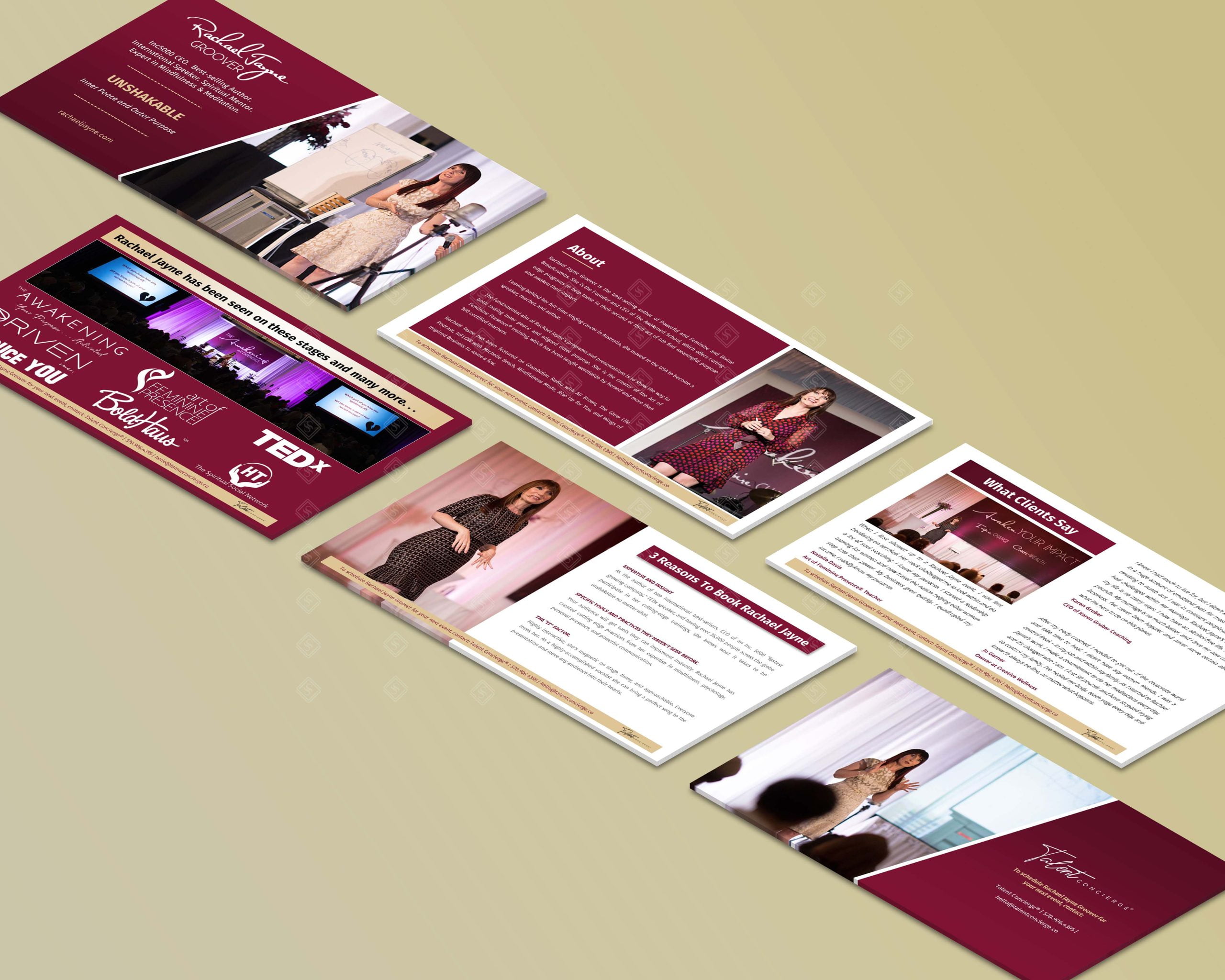
Designing a Visually Stunning Media Kit
Don’t forget that a media kit is your brand introduction to the targeted audience. Most importantly it has to be made to be eye-catching. Another feature that cannot be overlooked is that a good design enables spot-on branding of the product with the recognition that it would attract. Your fonts, colour, and image selection should be inclined towards your brand’s personality.
- Appropriate Design Components: Choosing the appropriate design elements is the crucial step that determines the attractiveness of the media kit. Many organizations decide to go together with colours as colours can provoke certain feelings. Fonts used in the design should be elegant and comfortable to the eye, and in line with the brand/ Simply, fonts must harmonise with your brand. Pictures speak, thus, choose proper pictures to suit the intended audience. Subsequently, by doing these elements, consistency produces an aesthetically appealing and recognizable brand image.
- Creating a User-Friendly Experience: Specifically, a media kit should be simple to use. Ensure that the information provided is properly arranged in categories that should have proper headings and subheadings. Space out the text and complement it with visuals to make it more appealing. They should be precise and not congested with many items within them. Being friendly to the users helps to keep the potential partners interested and also allows them to locate information that may be relevant easily.
Measuring the Impact of Your Media Kit
Confused about whether it is a rockstar or slacker media kit? Getting the measure of it is the important thing! In this case, knowing the performance of the metric can help in getting better results every time it is used.
- Key Performance Indicators (KPIs): KPIs are like your media kit’s report card because they quantify the effectiveness of your information-sharing strategy. They provide you with factual figures that can be used to determine the level of success. The relevance of the right KPIs also means you will pinpoint strengths and development fields.
- Relevant Metrics For Measuring Media Kit Effectiveness: Measures that can be adopted to assess the effectiveness of the media kit. As the previous statements suggest, all the metrics are not the same. Some are useful while others are simply a lot of fuss. Still, if your primary concern is clear, you need to stick to the proper metrics that reflect your results to get deep insights into your media kit’s performance.
- How to Track Media Kit Engagement: Frustrated with uncertainty and several questions like – how many people are reading my media kit? This implies that you must know the tools and techniques that are available for tracking the downloads, the audience interactions, and the generation of leads from the content in question. Let’s dive in!
Conclusion
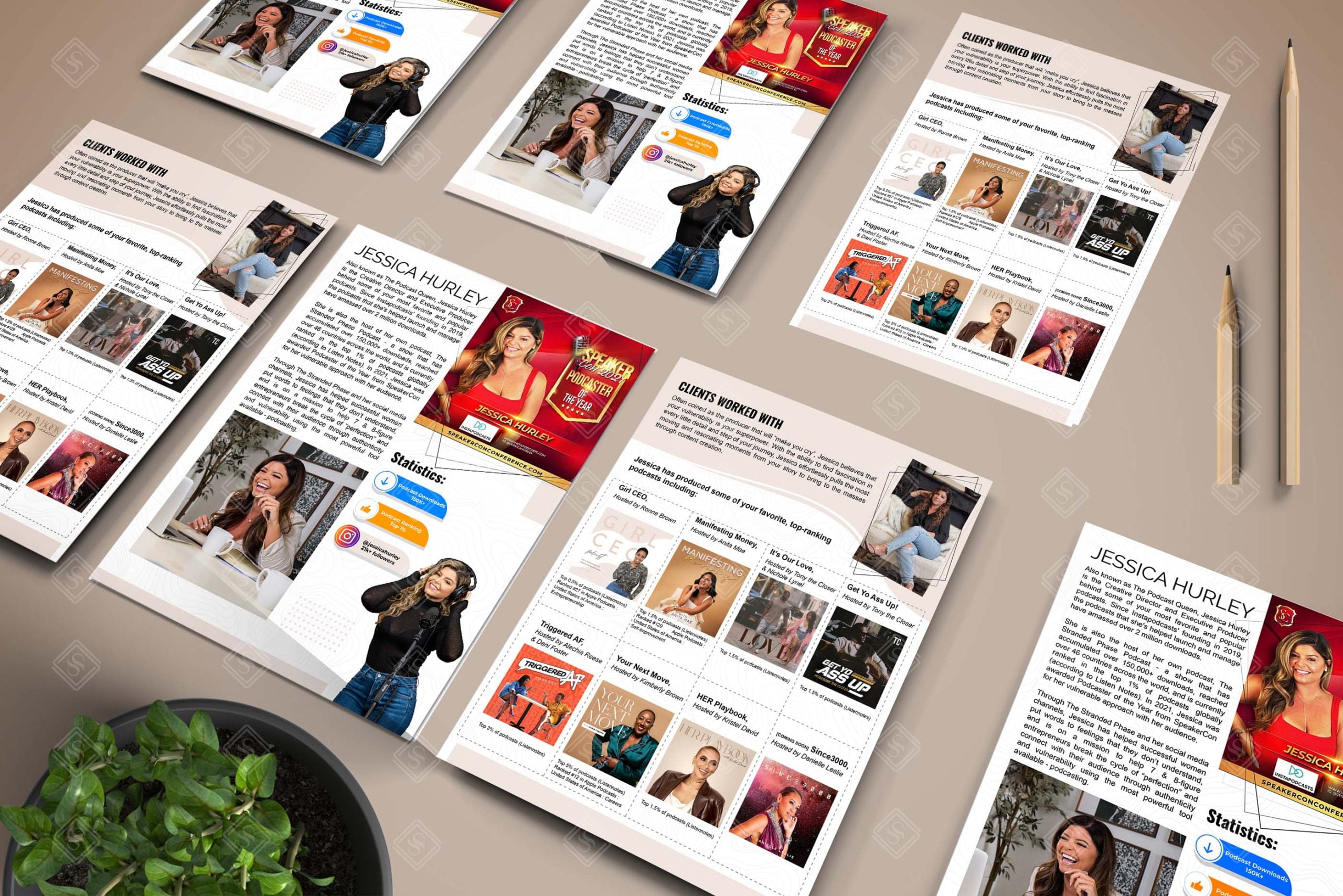
News and media are an essential part of society; your media kit is not only the beautiful document it seems to be but your business card. This means that a well-prepared and presented media kit can mean the difference between attaining the much-coveted partnership and being lost among the crowd. Therefore, spending time and effort in crafting an excellent media kit and ensuring that its performance is regularly assessed provides good preparation. Keep in mind that a great media kit is never set up for good and it is a continuous process of improvement.
